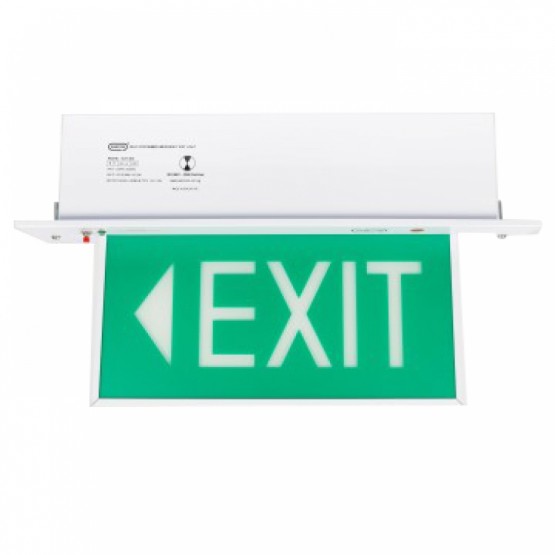Emergency exit lights serve an important purpose in ensuring the safety of all individuals within a building during emergencies. These lights are designed to provide illumination and guidance to help individuals navigate their way out of a building in case of a power outage or other emergency situation. However, it is crucial for these lights to comply with specific regulations and standards to ensure their effectiveness and reliability when needed.
Compliance and regulations for emergency exit lights are set by various organizations such as the Occupational Safety and Health Administration (OSHA), National Fire Protection Association (NFPA), and International Building Code (IBC). These regulations establish guidelines for the design, installation, and maintenance of emergency exit lights to ensure they meet certain safety standards.
One of the key requirements for emergency exit lights is that they must be illuminated at all times. This means that the lights should be clearly visible and operating continuously, even during normal operation of a building. This ensures that individuals can easily locate the nearest exit in the event of an emergency, regardless of whether the building is dark or well-lit.
Additionally, emergency exit lights must be able to provide a certain level of illumination to ensure visibility in low-light conditions. The NFPA requires that emergency exit lights have a minimum illumination level of one foot-candle in all areas of exit access, which is equivalent to the light emitted by a standard candle at a distance of one foot. This ensures that individuals can clearly see and follow the path to the nearest exit without any obstacles or hindrances.
Furthermore, emergency exit lights must also meet specific requirements for their placement and visibility. The IBC specifies that exit signs and emergency lighting must be located at every exit door and along the path of egress to ensure that individuals can easily locate the nearest exit route. These lights must also be clearly marked and visible from any direction to guide individuals towards safety.
In addition to placement and visibility, emergency exit lights must also be periodically tested and maintained to ensure their proper functioning. OSHA requires that emergency lighting systems be tested monthly for a minimum of 30 seconds and annually for a minimum of 90 minutes to ensure that the batteries are fully charged and the lights are operational. Any defects or malfunctions must be promptly repaired to ensure the continued reliability of the emergency exit lights.
In conclusion, compliance and regulations for emergency exit lights are essential to ensure the safety and well-being of individuals within a building during emergencies. By adhering to these standards and guidelines, building owners and operators can ensure that their emergency exit lights are effective, reliable, and able to provide illumination and guidance when needed most. It is important to stay informed of these regulations and make sure that emergency exit lights are installed, maintained, and tested in accordance with them to ensure the safety of everyone within the building.













